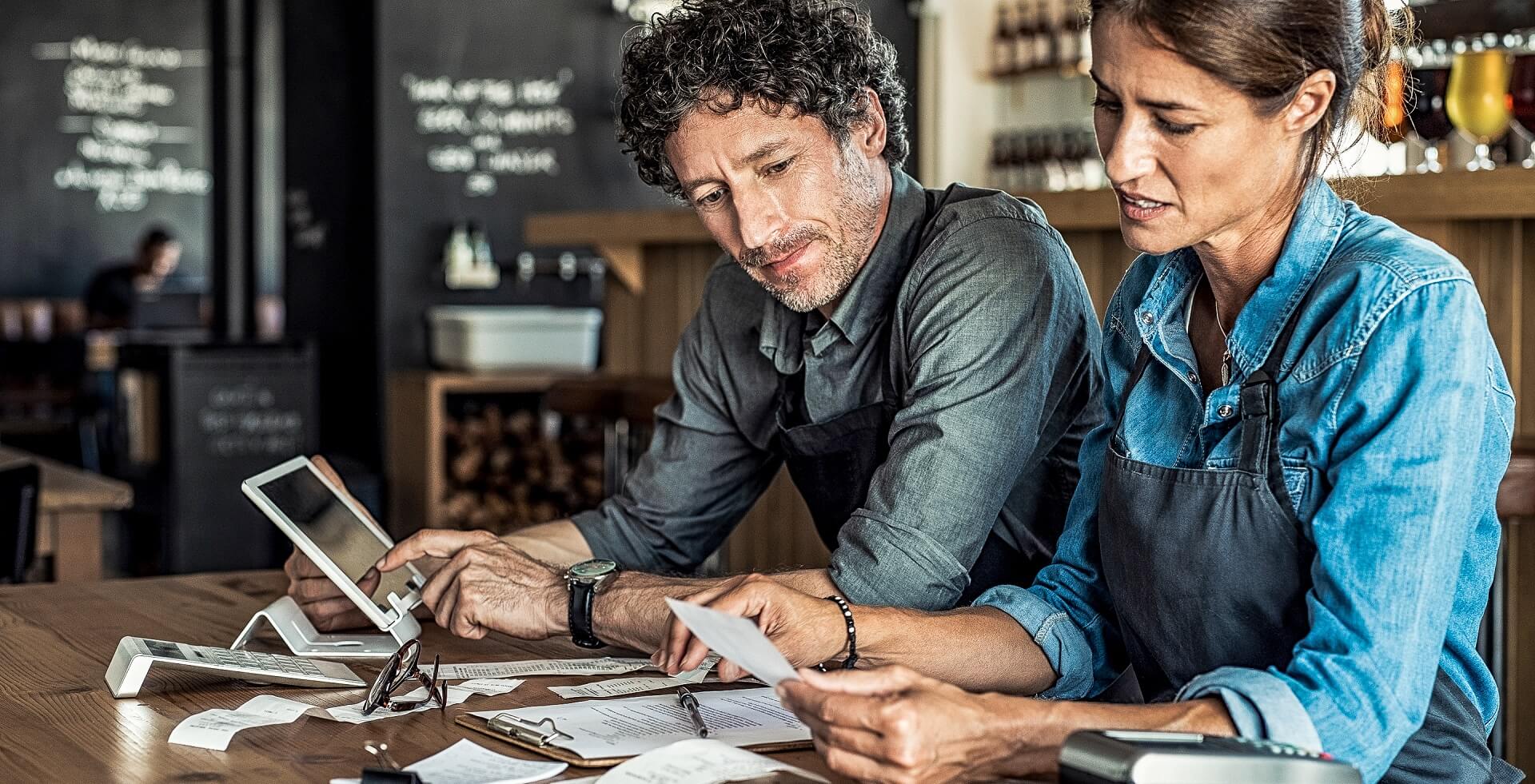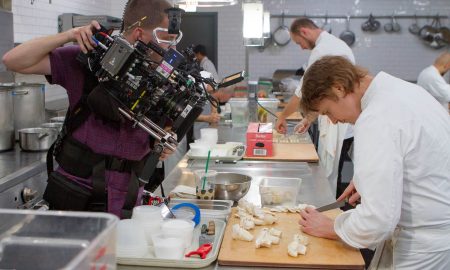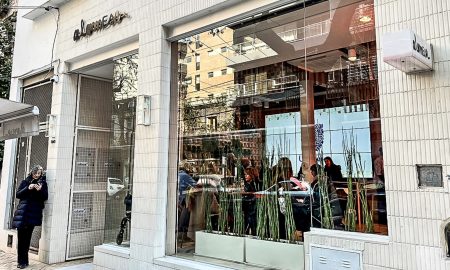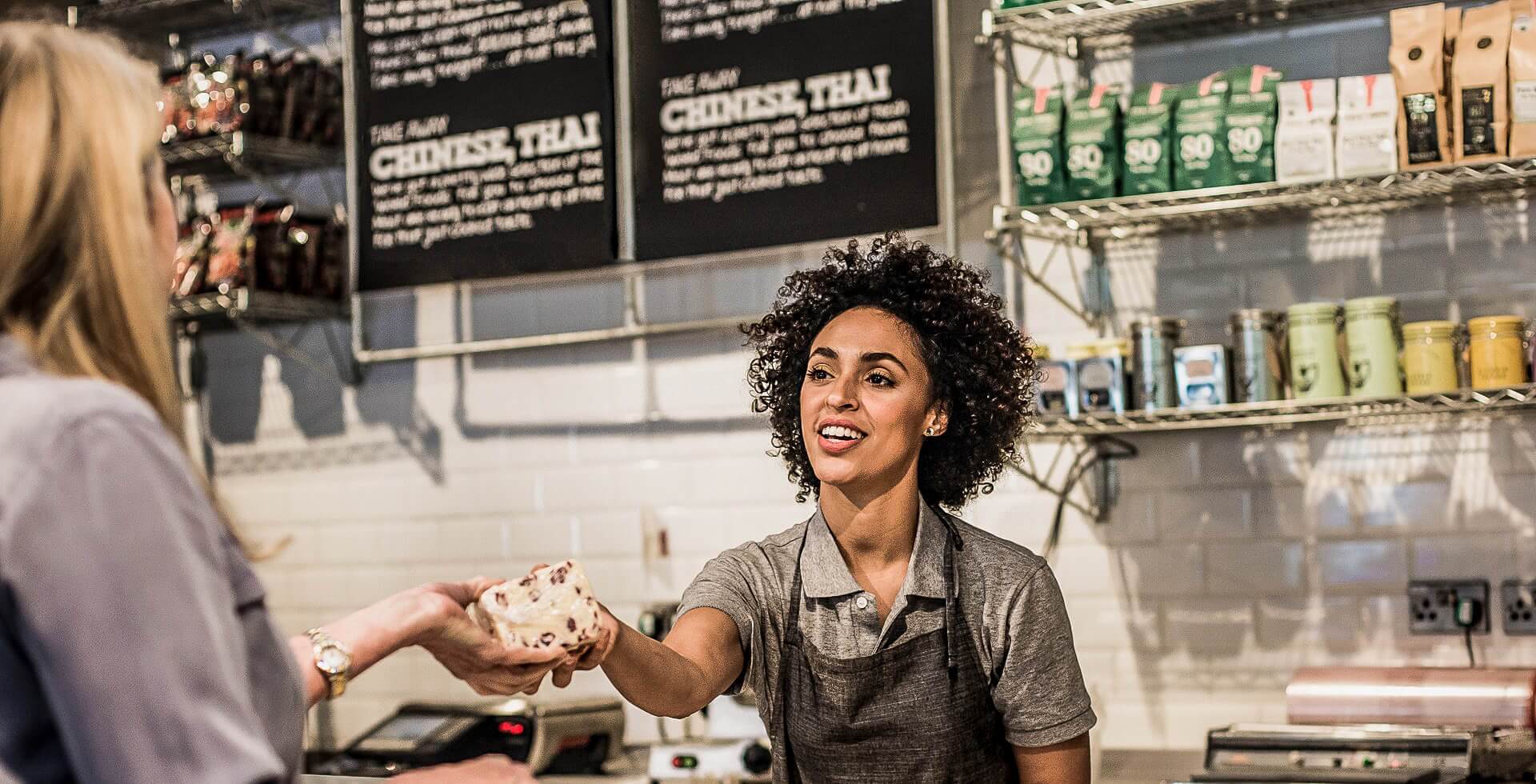What does dynamic pricing mean?
Before we delve deeper into the matter, it is important to explain the term dynamic pricing. Various definitions exist. McKinsey defines dynamic pricing as “the automatic adjustment of prices [in whole or in part]”. So far, so good. However, these adjustments vary from simple to complex. The easiest approach is to make a flat-rate price change several times a year. While this would be simple, it assumes that customer price sensitivity is the same for all products. Fluctuations in demand according to the time of day, day of the week and other specifications are ignored. At the most complex level, entrepreneurs can use quantitative techniques to determine optimal prices by product for various specific time periods.
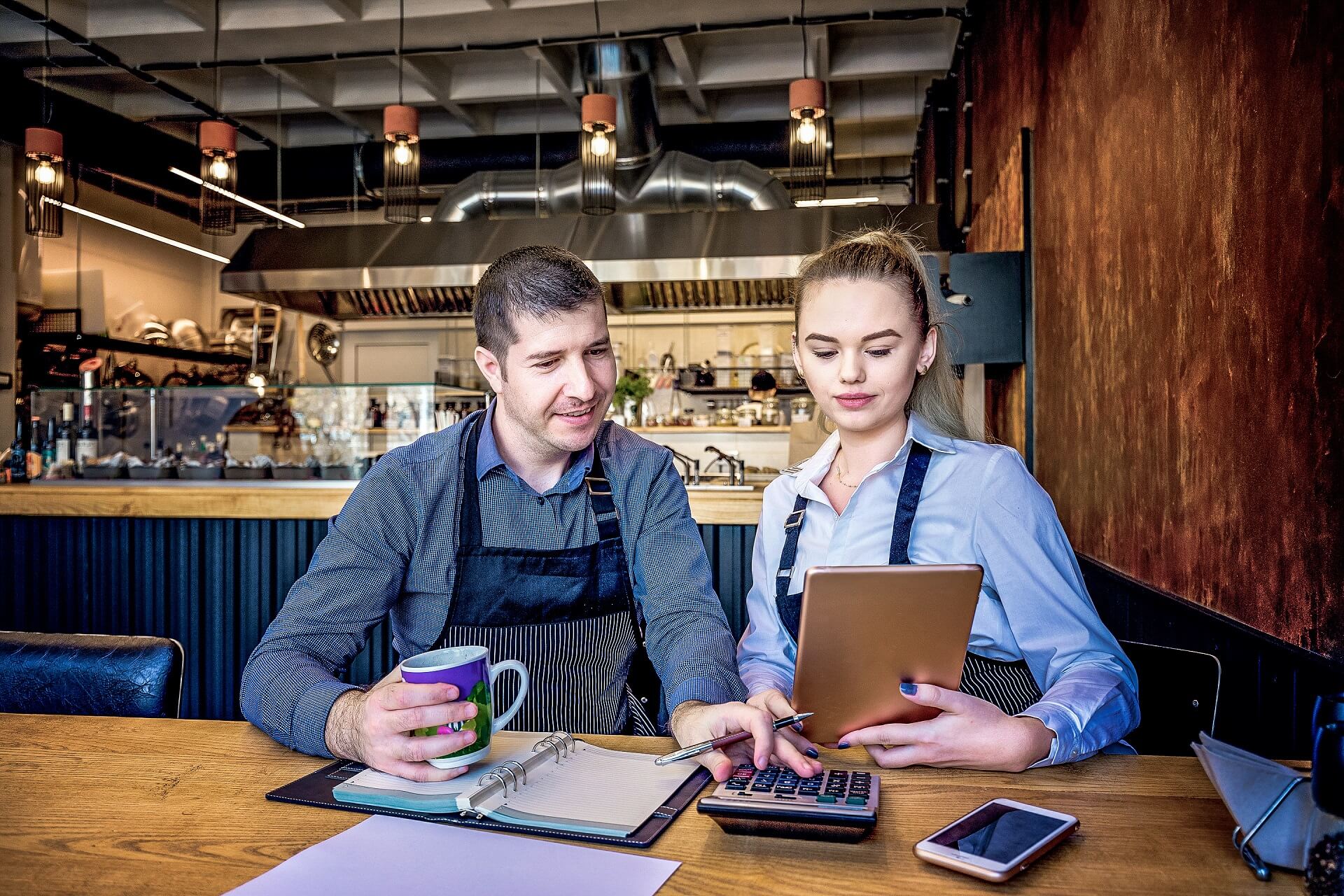
Image: AdobeStock | dpVUE .images
Where do we know dynamic pricing from?
It is a model that we are all already familiar with. All we need to do is think about our last trips. If you wait until the last minute to book a flight, the ticket price will probably be much higher than if you planned it well in advance. The ticket price may vary depending on the day and time of your flight. Such price variations may also depend on the day you make your arrangements. The hotel and travel industry, as well as large e-commerce retailers, use dynamic pricing to optimize revenue. They raise prices when demand increases and lower prices to attract customers when demand decreases. The need for action in the restaurant industry is driven by inflation, rising food and labor costs and the fact that consumers are cutting back on spending. To maintain profitability, dynamic pricing could be a valuable solution.
Do the previous pricing strategies need to be reconsidered?
Restaurants still face many challenges. Concepts have changed with the pandemic. When indoor dining wasn’t possible, many restaurants switched to online ordering and delivery. The Square Future of Restaurants Report found that 54% of restaurants surveyed have started or expanded their options for accepting online orders since 2021.
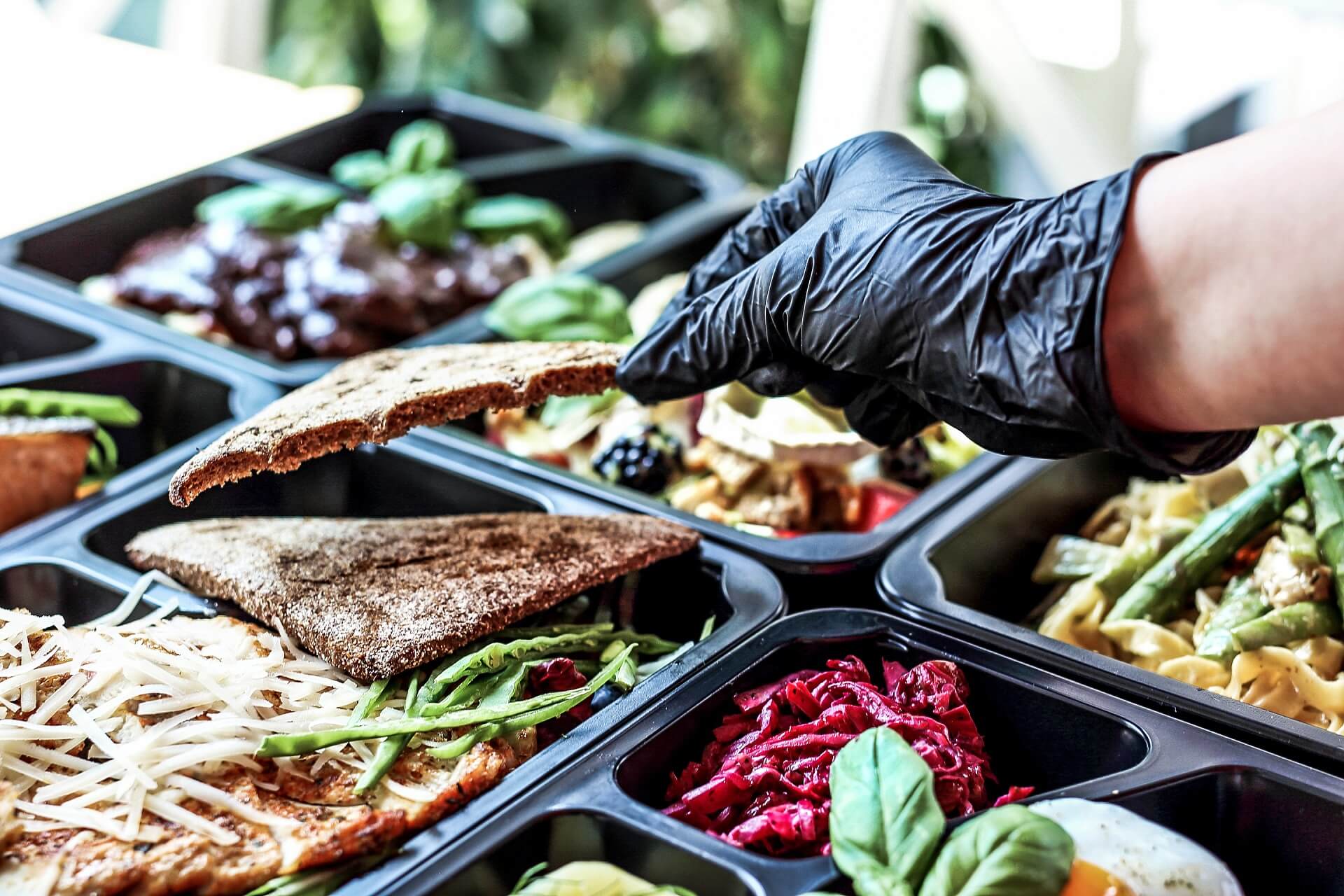
Image: AdobeStock | foodandcook
In turn, this extended range of services calls for trained employees. It’s no news that restaurants are constantly confronted with staff shortages and a lack of skilled workers: 73% of restaurants reported suffering from labor shortages, with an average of 21% of positions left unfilled. A stalemate. The solutions being sought are by no means satisfactory. Restaurants are reducing their hours and days of operation, as well as their menu options. Others offer countless benefits and raise wages to attract and retain employees.
Why do dynamic prices make sense for restaurants?
Restaurants have a fixed capacity, so the ultimate goal is to achieve high capacity utilization at the available tables. Utilization varies depending on peak and off-peak times. These can depend on specific hours (such as lunchtime), days of the week or even seasons. Restaurants also deal with perishable goods. These circumstances could be an additional incentive to switch to flexible pricing. The Square Report found that customers currently understand price changes quite well, with 77% saying they would understand if their favorite restaurants increased prices.
Examples of dynamic pricing in practice
There are already companies established in the market that are sold on the concept of dynamic pricing for the restaurant industry and are offering it successfully. One of them is Juicer. Co-founder and CEO Ashwin Kamlani knows what’s important. In October 2021, he and Drew Patterson, Carl Orsbourn and Marco Benevuti launched the company, which provides full-service, data-driven pricing technology for the restaurant industry.
Kamlani spent 20 years in the hotel industry, has a background in technology and a master’s degree from Cornell Hotel School, and is considered a thought leader on all things e-commerce. “Our goal was to help restaurants implement effortless data-driven dynamic pricing to increase revenue and profitability. We now work with restaurant groups in the US, Europe and the Middle East.”
For years, it has been easy for the hotel industry to change prices and respond to demand. So why shouldn’t this also work for restaurants? “Restaurants were open to the idea right from the start. After all, it is clear that restaurateurs need to generate more sales with less effort. We can’t have tables empty, delivery staff on the job and not have the demand.”
Key to success: optimal price for the optimal time
It is therefore about the optimal price for the optimal time to influence demand. As Kamlani explains, “Delivery costs in the delivery business already vary, and customers are coming to terms with that. Have no fear, we can prove that sales and profits are increasing.” This concept is ideal for the delivery industry, in addition to the entertainment industry. “During breaks at football matches, everyone wants a drink and a hot dog quickly. Time is limited, so sales cannot go above a certain size. For example, if the organizers offer food and drinks cheaper during the game, the demand will also increase during the game and guests will order drinks and fast food at cheaper rates without waiting in long lines.” Dynamic pricing can revolutionize hospitality.


